| Weight | 1 lbs |
|---|---|
| Dimensions | 9 × 5 × 2 in |
| target | Human Yersinia IgG |
| species reactivity | Yersinia enterocolitica, Yersinia pseudotuberculosis |
| applications | Lateral flow (dipstick) |
| assay type | Indirect & qualitative |
| available sizes | 20 test kits |
Human Yersinia IgG Lateral flow dipstick kit 4672
$487.00
Summary
- Mikrogen diagnostik lateral flow device (dipstick) for research use (RUO)
- Human Yersinia IgG Lateral flow dipstick kit 4672
- Suitable for IgG detection
- Ready-to-use
- 20 tests
Human Yersinia IgG Lateral flow dipstick kit 4672
| kit | ||||||||||||||||||
|---|---|---|---|---|---|---|---|---|---|---|---|---|---|---|---|---|---|---|
| Assay type Sandwich assay, lateral flow (dipstick) | ||||||||||||||||||
| Research area Infectious Disease | ||||||||||||||||||
| Sample type Serum, plasma, whole blood | ||||||||||||||||||
Components
| ||||||||||||||||||
| Storage Store at 2-8°C. | ||||||||||||||||||
| Additional information Mikrogen recomLine Yersinia Assays For the Mikrogen recomLine Yersinia assays, the plasmid-encoded virulence proteins (Yersinia Outer Proteins) localized at the cell surface and adhesins for serological species differentiation between Y. enterocolitica and Y. pseudotuberculosis are produced recombinantly. These proteins are expressed only by human pathogenic Yersinia strains. The recomLine Yersinia tests allow the detection of long-standing Yersinia infections and are thus ideally suited to identify Yersinia-induced immunopathological complications and chronic yersinioses. The detection of IgG and IgA antibodies can be an important aid in suspected Yersinia-induced arthritis. Advantages
|
| target relevance |
|---|
| Organism Yersinia enterocolitica |
| Protein names Yersinia |
| Structure and strains Yersinia enterocolitica is a Gram-negative, rod-shaped bacterium, belonging to the family Yersiniaceae. It is motile at temperatures of 22 29°C (72 84°F), but becomes nonmotile at normal human body temperature. Y. enterocolitica infection causes the disease yersiniosis, which is an animal-borne disease occurring in humans, as well as in a wide array of animals such as cattle, deer, pigs, and birds. Many of these animals recover from the disease and become carriers; these are potential sources of contagion despite showing no signs of disease. The bacterium infects the host by sticking to its cells using trimeric autotransporter adhesins. |
| Detection and diagnosis The use of sensitive and specific ELISA with quantitative determination of IgG, IgM and IgA antibodies is the method of choice for a clear differentiation between acute and chronic yersiniosis. The determination of the individual antibody activities is important for the differential diagnosis of post-infectious sequelae such as rheumatoid arthritis or erythema nodosum. Following the normal course of an acute Yersinia infection, IgG antibody activity often persists for several years while the IgA and IgM antibody activities decrease within a few months post infection. By contrast, in the case of postinfection complications, the IgA antibody activity remains elevated for years. |
Data
Publications
Warning: Cannot modify header information - headers already sent by (output started at /www/benchmarkantibodiescom_769/public/wp-includes/script-loader.php:3015) in /www/benchmarkantibodiescom_769/public/wp-content/plugins/shortcode-manager/shortcode-manager.php(453) : eval()'d code on line 3
Publications
| pmid | title | authors | citation |
|---|---|---|---|
| We haven't added any publications to our database yet. | |||
Protocols
| relevant to this product |
|---|
| 4672 protocol |
Documents
| # | ||
|---|---|---|
| Please enter your product and batch number here to retrieve product datasheet, SDS, and QC information. | ||
Only logged in customers who have purchased this product may leave a review.
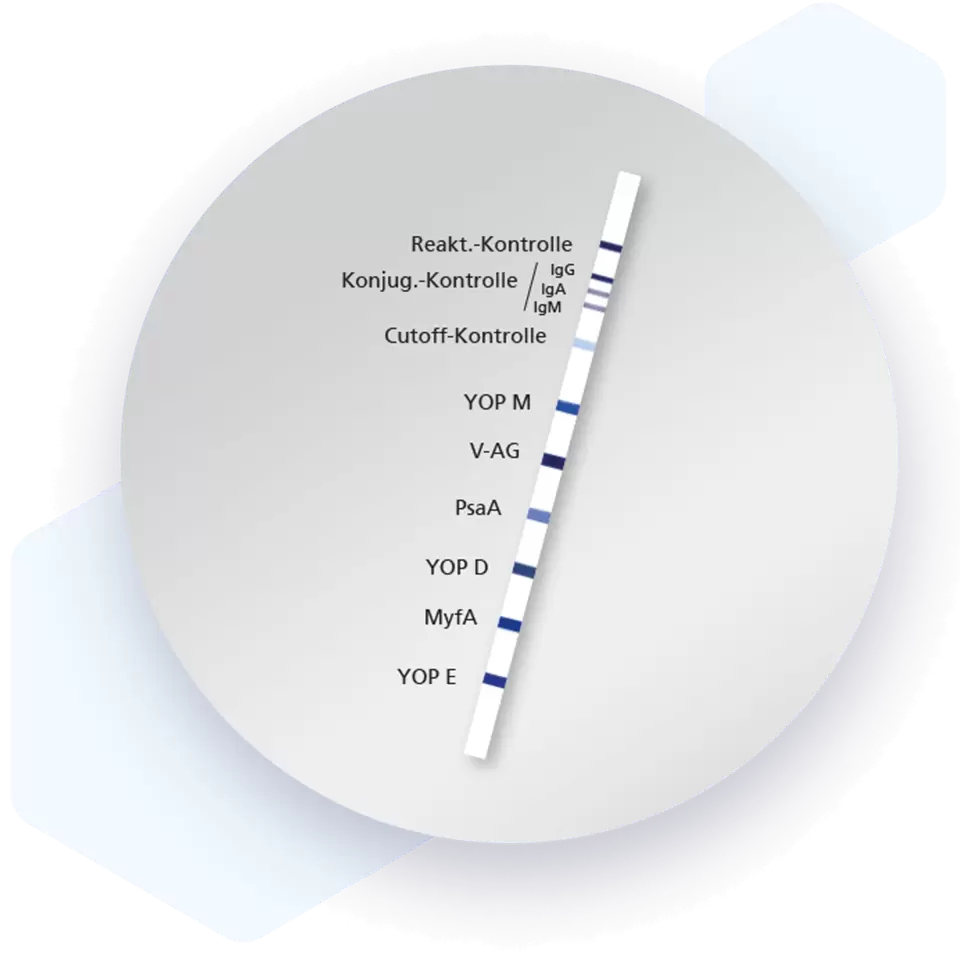
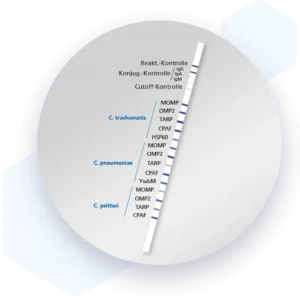
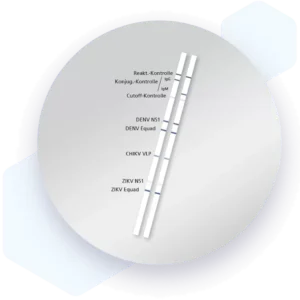

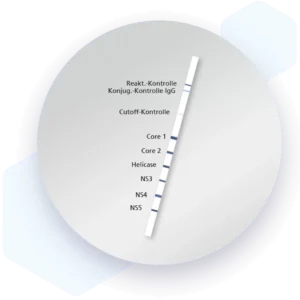


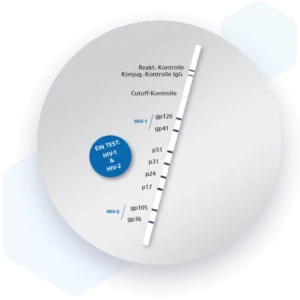
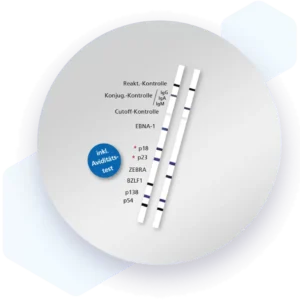



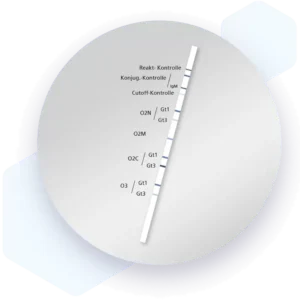
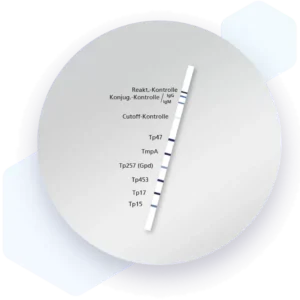


Reviews
There are no reviews yet.